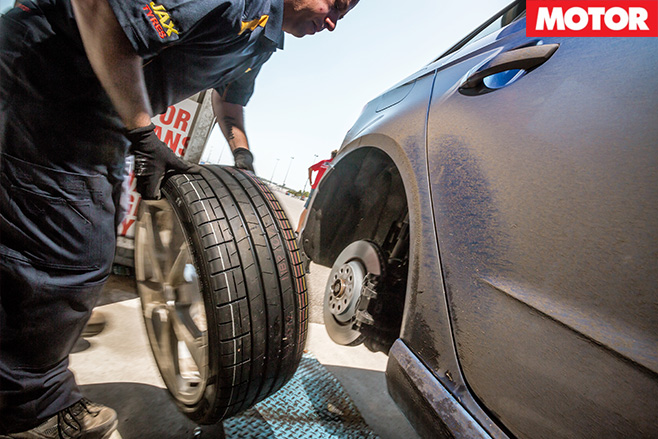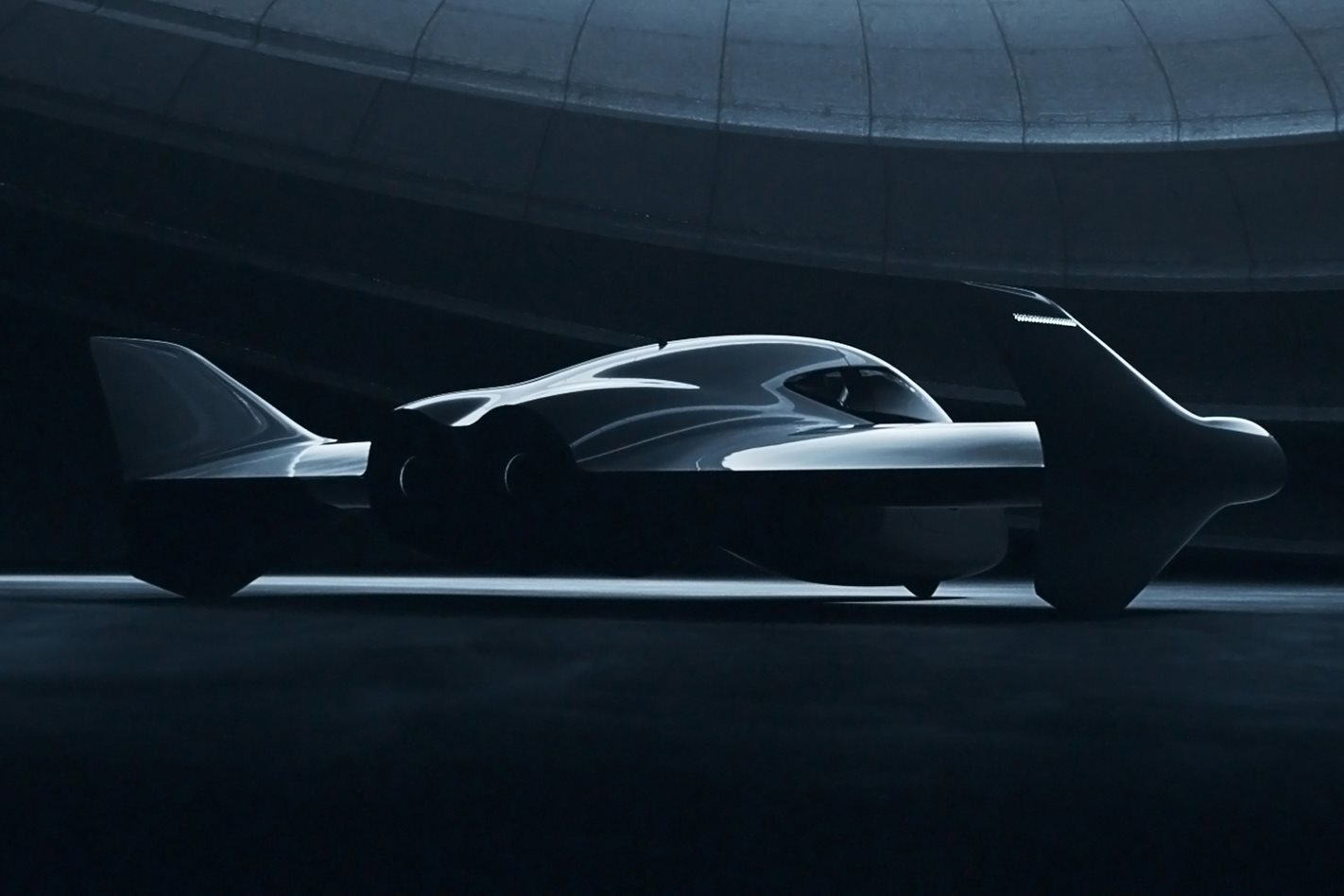
Barely a week goes by without someone pitching yet another flying car or taxi concept. In recent times we’ve seen Porsche join forces with aviation giant Boeing to announce a fully-electric flying taxi concept (above) that would see the German carmaker move “into the third dimension of travel”.
And not one to sit on the sidelines, Aston Martin last year announced it was toying with the idea of getting in on the flying car game with its Volante Vision Concept.
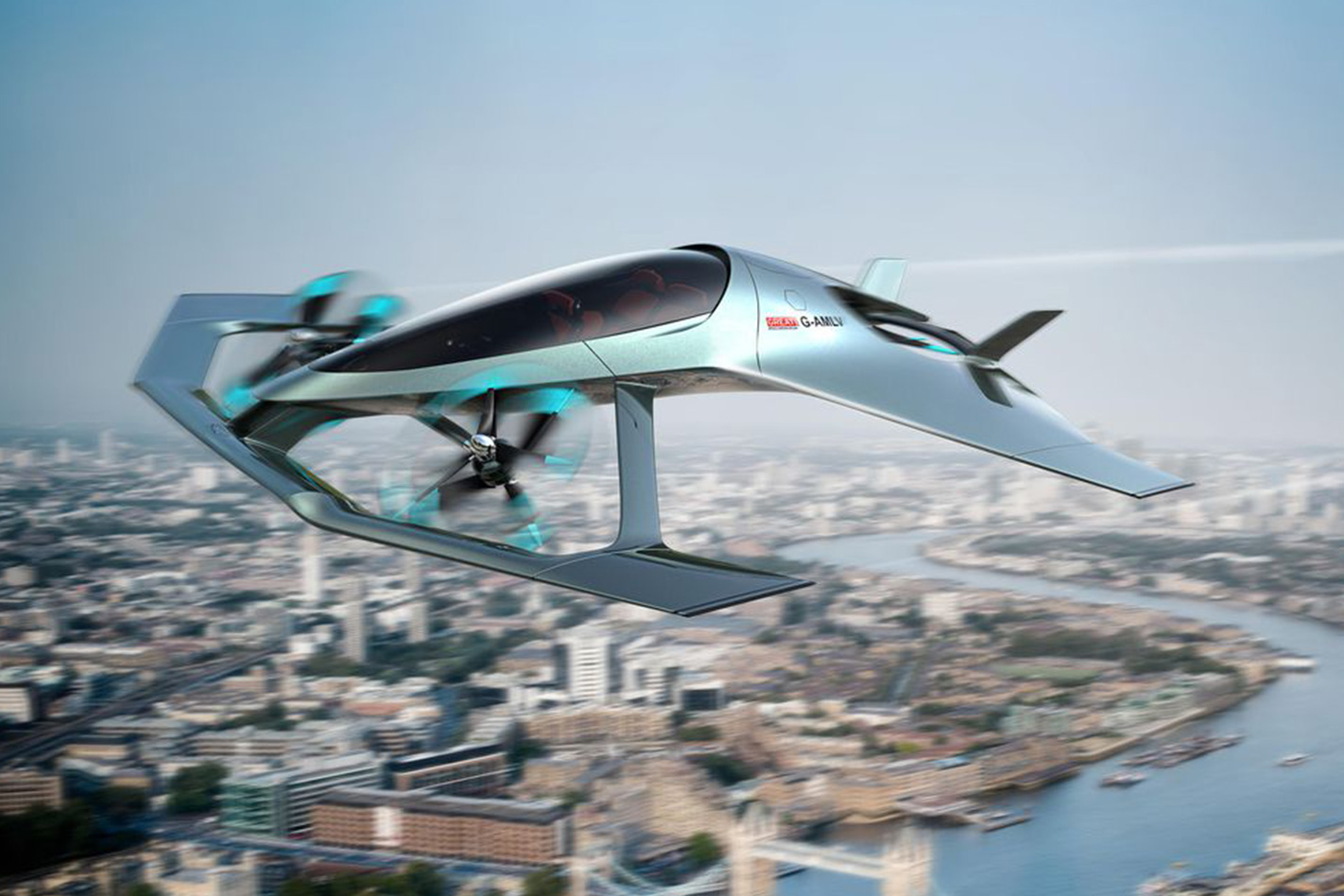
This is a subject WhichCar rarely touches because, despite the terminology, flying cars and flying taxis have as much to do with motoring as do cable cars in the Swiss Alps.
Just because ‘car’ happens to be part of the name, flying cars belong to a whole different genus. To date, most have been reimagined light aircraft or helicopters, and even if technology provides us with a relatively low-cost machine that’s simple to fly – or completely autonomous – and can get airborne from anywhere, the resulting vehicle will still have to overcome a massive hurdle before our cities begin to resemble an episode of the Jetsons – civil aviation regulations.
The pace of change in the world of aviation legislation makes glaciers look like Bathurst winners. They’re often introduced in response, rather than anticipation of, new technology, only to be bound in red tape for years.
Add politics to the equation and it can take at least a decade for relatively simple reforms to get the nod.
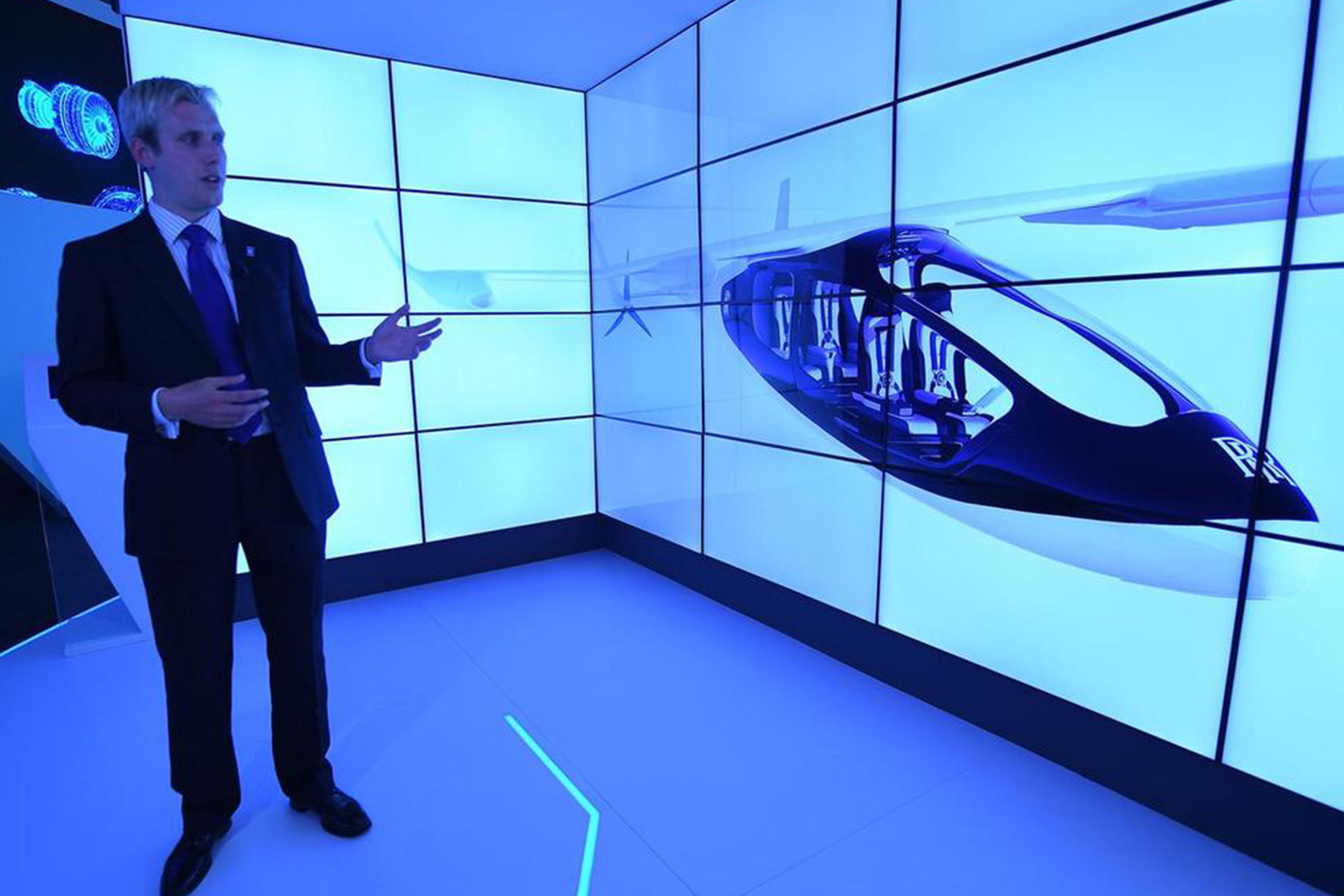
This is the case around the world, though Australia’s Civil Aviation Safety Authority (CASA) is up there as one of the more officious regulators.
A good example of this, of all things, is the humble GoPro camera. YouTube is brimming with panoramic footage shot with action cams suction-cupped to the outside of aircraft, and the bulk of them come from the USA thanks to the more liberal rules of that country’s Federal Aviation Administration (FAA).
CASA on the other hand regards externally-mounted cameras are an “airframe modification” and thus must be approved by a licenced aircraft mechanical engineer.
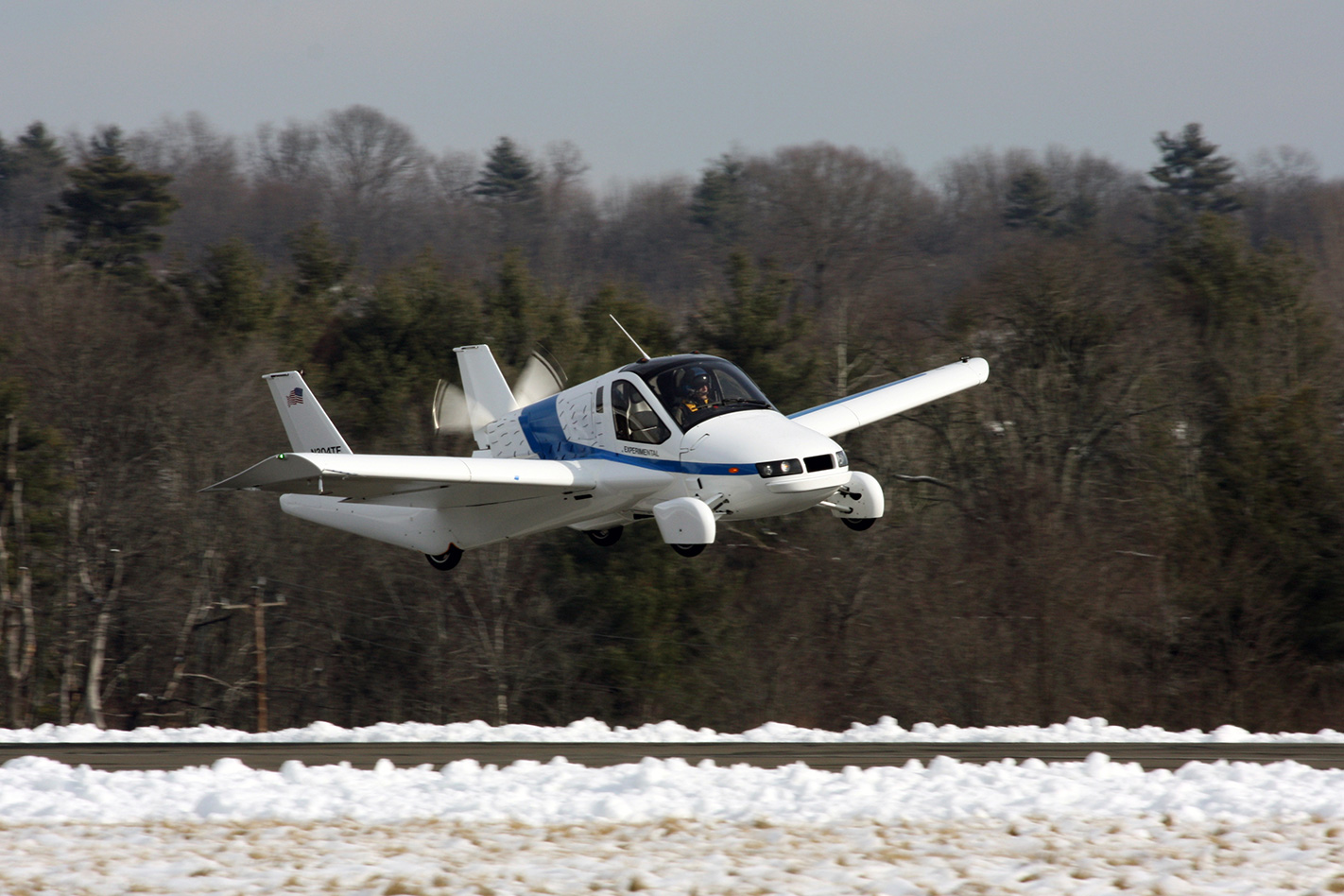
Terrafugia flying car
Of course, there’s a reason we have strict aviation regulations; laws are often written in blood. But if you still can’t strap an egg-sized camera to your Cessna after more than a decade, the notion that flying cars will make any meaningful headway as a transportation device is properly laughable.
Or is it? It turns out that there’s already dialogue taking place between Australia’s conservative aviation authority and Uber, which aims to introduce its Elevate flying taxi service to Melbourne as part of a three-city trial, that will also include Los Angeles and Dallas.
CASA spokesman Peter Gibson told WhichCar that Uber’s pitch to fly people from city centres to airports will be treated no different to current helicopter operations, with flights only taking place in clear weather, and only along very specific routes.
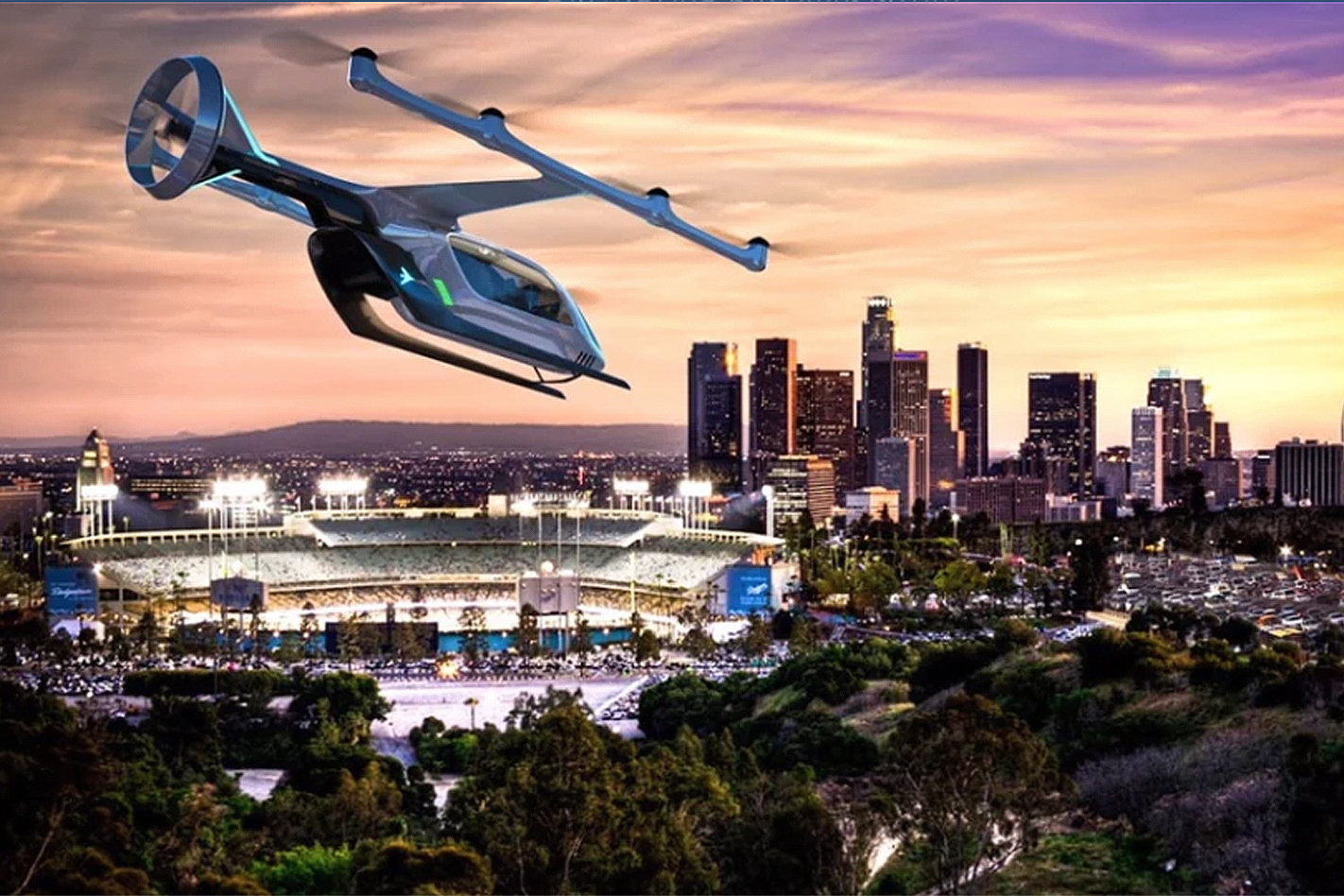
Gibson says such flying taxi services are feasible, but reckons the notion privately-owned flying cars being able to take off and land anywhere is highly unlikely.
If any such vehicles were to become available they’d be subject to the same regulations covering general and recreational aviation including pilot licencing. Suffice to say, acquiring a pilot’s licence is a more involved process than passing a driving test.
Uber’s pie in the sky
Uber ultimately wants autonomous air taxis so it doesn’t have to pay pilots. This would make its vehicles subject to laws covering drones that limits them to certain altitudes to avoid all other air traffic and restricts where they’ll be able to fly. They’ll also require their own traffic management system.
A guide to how they could operate can be found near Canberra where the Project Wing drone delivery service is being tested under CASA supervision. Project Wing uses an unmanned traffic management platform that’s designed to enable a high volume of drones to share the skies and fly safely over people, around terrain and buildings, and near airports.
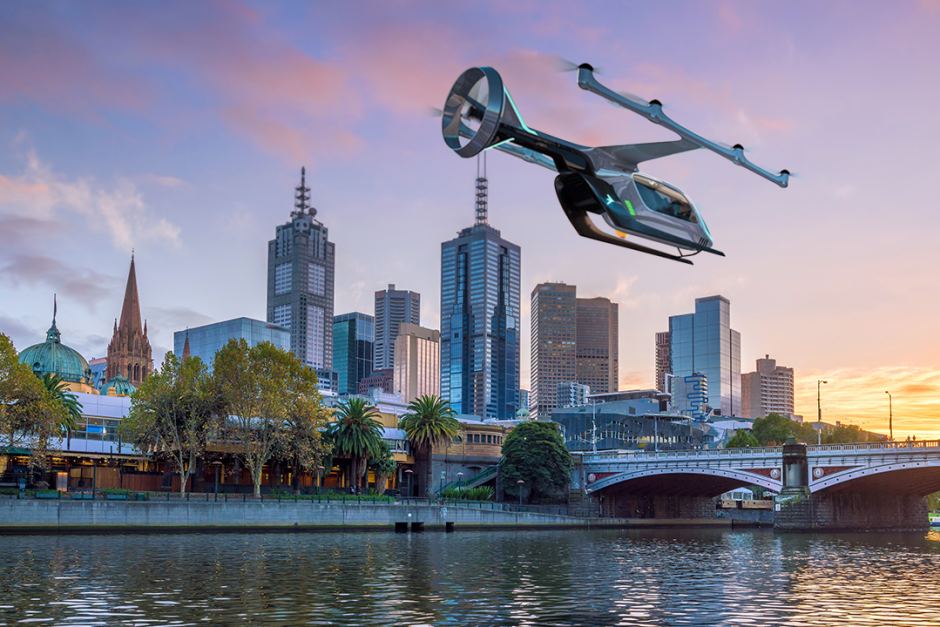
Audi collaborated with Airbus on this flying car project
Project Wing, owned by Google’s parent company Alphabet Inc, says it’s working with CASA to develop “federated, industry-led solutions to safely integrate and manage drones in low-altitude airspace below 500ft to avoid aeroplanes”.
But 5kg drones delivering cough syrup from Chemist Warehouse, or burritos from Guzman Y Gomez (which is participating in the Project Wing trial), to rural properties is one thing; car-sized autonomous people-carrying drones skimming suburban rooftops is another proposition entirely.
Even if flying taxis get the nod from the aviation regulator, they’ll still have to fight inevitable public protests and negotiate the regulatory minefield set by local authorities, which could dilute the number of landing areas available and rob such services of convenience and viability.
So yes, even CASA reckons flying taxis could be a goer here – but only as a more affordable way to fly across town than helicopters. That’s not necessarily a bad thing, just don’t bother turning your garage into a hangar.
Cars will continue to chew up roads and tyres for the rest of our lifetimes, even after steering wheels become a thing of the past – but that’s another story.


